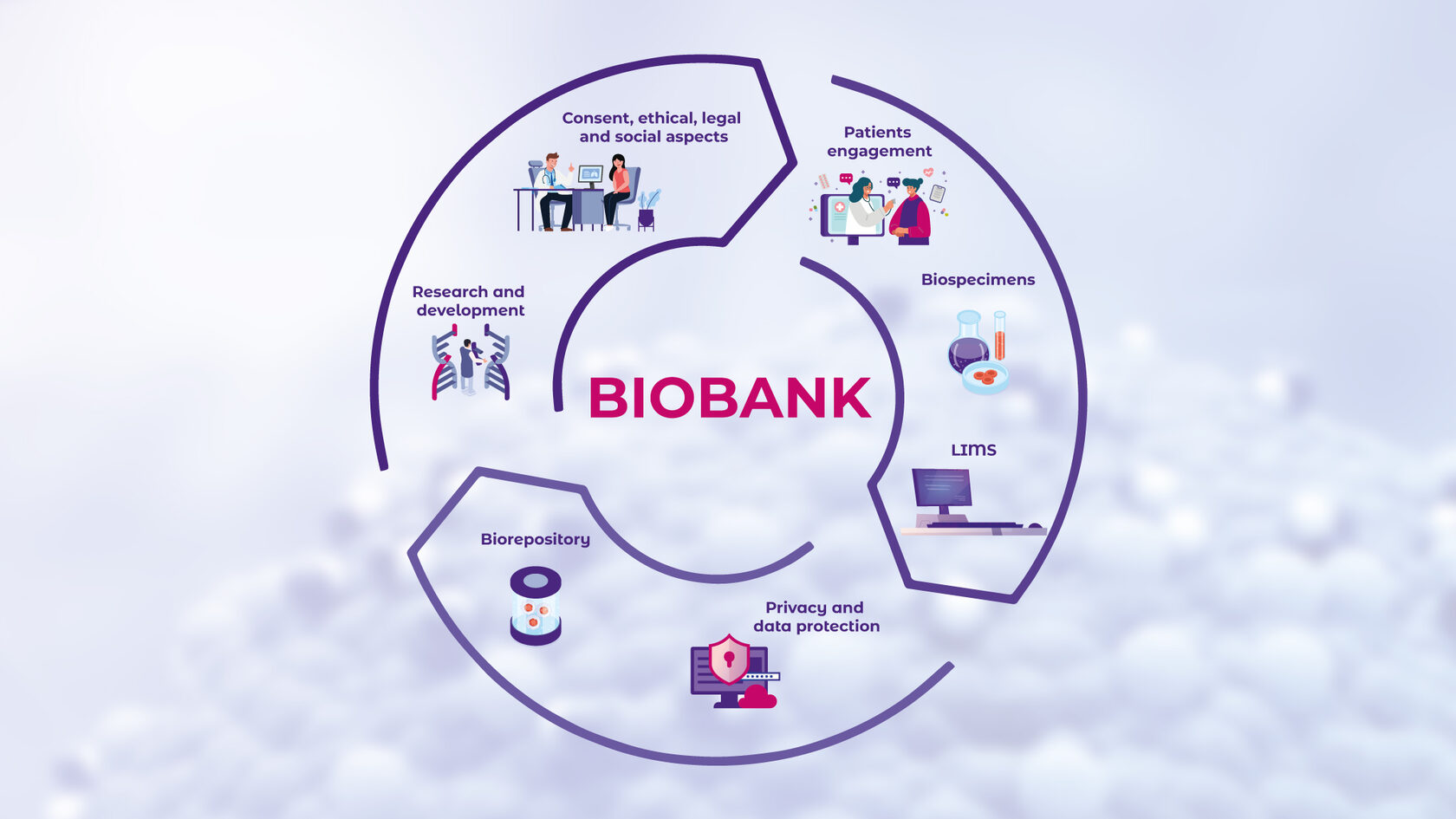Biobanks serve as vital repositories for genetic material, providing essential resources for research, medicine, and conservation. As technology advances, biobanking is evolving to support more efficient sample collection and long-term preservation, ensuring the availability of high-quality genetic material for future applications.
The Importance of Biobanking
Biobanks play a critical role in maintaining biodiversity and supporting scientific discovery. They store a variety of biological samples, including plant seeds, animal tissues, and microbial strains. These preserved specimens contribute to genetic research, disease control, and species conservation efforts.
Types of Biobanks
- Animal Biobanks – Store tissues, DNA, reproductive cells, and embryos for endangered species conservation and agricultural research.
- Plant Biobanks – Preserve seeds, pollen, and vegetative tissues to safeguard agricultural biodiversity and wild plant species.
- Microbial Biobanks – Maintain bacterial, fungal, and viral strains for medical and environmental studies.
- Human Biobanks – Contain blood, tissues, and genetic samples for medical research, personalized medicine, and disease prevention.
Cutting-Edge Sample Collection Methods
Cryopreservation and Ultra-Low Temperature Storage
Cryopreservation has become a cornerstone of modern biobanking, allowing genetic materials to be stored at extremely low temperatures without degradation. This technique is essential for maintaining viable reproductive cells, stem cells, and DNA samples for cloning and genetic engineering.
Non-Invasive Sampling Techniques
Recent advancements have made it possible to collect biological samples non-invasively. Methods such as environmental DNA (eDNA) analysis and hair follicle sampling reduce the need for invasive procedures, making biobanking more sustainable and ethical.
Automation and AI in Sample Management
Artificial intelligence (AI) and robotics are streamlining biobank operations, ensuring precise sample tracking and efficient retrieval. These technologies reduce human error and enhance the reproducibility of research findings.
Long-Term Viability Enhancement
Recent studies focus on optimizing storage conditions to extend sample viability. Innovations such as vitrification (a form of ultra-rapid freezing) and chemical stabilizers improve long-term genetic preservation, reducing degradation over decades.
Expanding the Reach of Biobanking
Supporting Conservation and Restoration Efforts
Biobanks provide essential genetic resources for restoring endangered species. By maintaining frozen reproductive cells and embryos, scientists can assist in species reintroduction programs and bolster genetic diversity.
Human and Agricultural Applications
Beyond biodiversity conservation, biobanks contribute to medical research and agricultural resilience. Preserving genetic material from plants and livestock ensures sustainable food production and aids in developing disease-resistant crops.
Emergency Response and Pandemic Preparedness
Biobanks play a crucial role in pandemic preparedness by storing pathogen samples for vaccine and treatment development. COVID-19 research has highlighted the importance of these facilities in responding to emerging health threats.
Challenges and Future Prospects
Ethical Considerations in Biobanking
While biobanks provide invaluable resources, ethical concerns regarding ownership, consent, and access to genetic materials must be addressed. Clear guidelines are necessary to ensure responsible use of stored samples.
High Storage Costs and Sustainability Issues
Maintaining biobanks requires significant financial and technological investment. Energy-efficient storage solutions, such as liquid nitrogen alternatives and renewable energy integration, are being explored to reduce operational costs.
International Collaboration and Standardization
Harmonizing biobanking protocols across regions ensures sample quality and facilitates global research initiatives. Organizations such as the International Society for Biological and Environmental Repositories (ISBER) are working to establish standardized practices.
Future Innovations in Biobanking
- AI-Driven Sample Analysis: AI algorithms are being developed to assess sample viability and predict degradation patterns.
- Blockchain for Data Security: Secure, decentralized databases help protect sensitive genetic information and ensure transparency.
- Portable Biobanking Units: Mobile storage solutions enable biologists to collect and store samples directly in the field.
The Future of Biobanking and Its Impact on Science
Biobanks represent a crucial intersection of biotechnology, conservation, and research. As preservation techniques continue to evolve, these repositories will remain indispensable in protecting global biodiversity and driving scientific breakthroughs.
Advancements in automation, AI, and cryopreservation will improve the efficiency and reliability of biobanking. With increasing global investment, biobanks will continue to serve as invaluable scientific resources for future generations, shaping the future of conservation and medicine.
